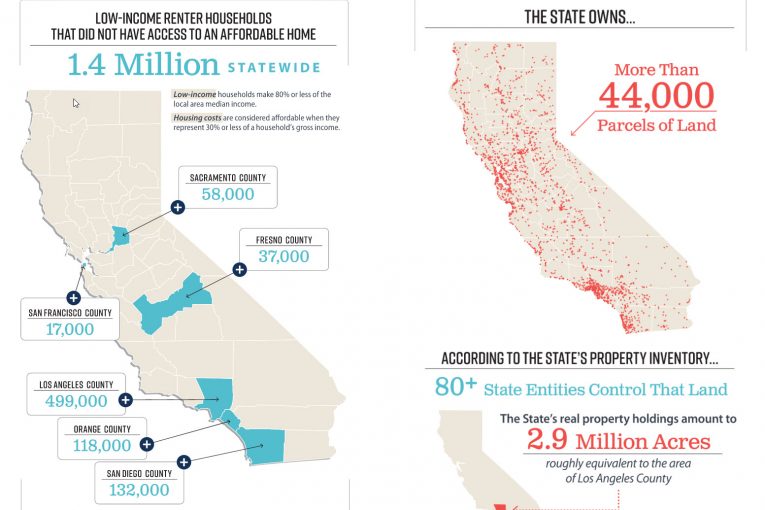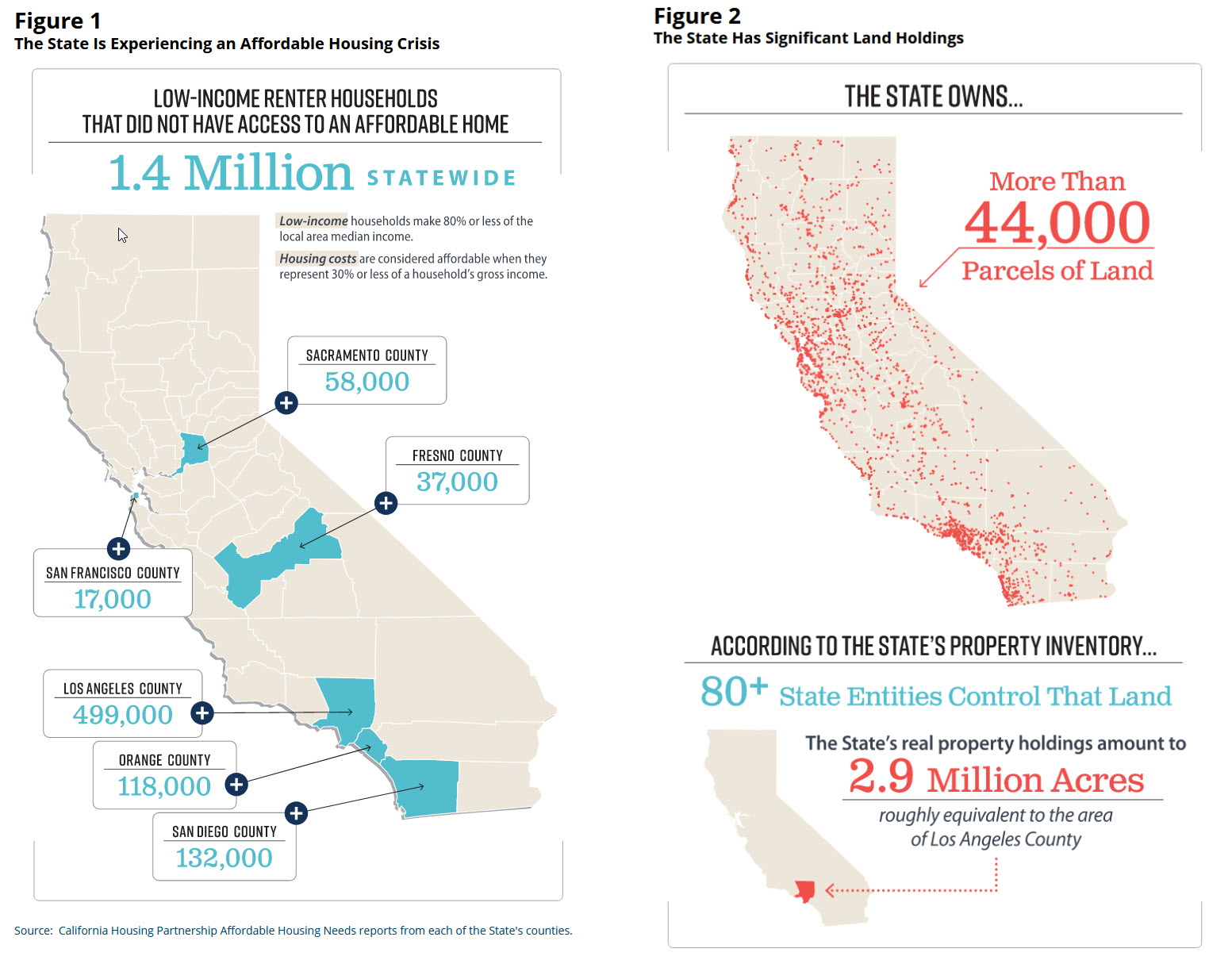
 By David M. Greenwald
By David M. Greenwald
Executive Editor
Sacramento, CA – A state audit report found that the state has failed to act effectively to produce affordable housing necessary to alleviate the state’s housing crisis.
“The rapid creation of affordable housing is critical because more than 1.4 million low-income California renter households lack access to affordable housing,” Tilden wrote in a letter Tuesday to the governor and other state leaders.
Acting State Auditor Michael Tilden in a letter this week to the Governor and leaders of the legislature wrote, “Although we found that the executive order has proven effective in its intent, and we estimate that it could ultimately make way for more than 32,000 housing units, our evidence shows that DGS could accelerate the process by which it makes properties available.”
Specifically the audit found, “Of the 92 properties DGS plans to release for long-term leases and development as affordable housing, it has only done so with 19 of those  properties.”
properties.”
Further, they note, “The department anticipates that it will take seven years to make the remaining 73 properties available, but the addition of just one staff member could reduce that time by more than two years.”
In 2019, Governor Newsom signed an executive order that prioridized the use of excess state-owned land to support the development of affordable housing.
The executive order required DGS to conduct a rapid and comprehensive survey of all state-owned land to identify properties not currently needed by the State and offer for long-term lease those properties suitable for affordable housing development.
DGS has since identified 92 properties suitable for affordable housing that it plans to offer for development.
“The executive order required DGS to complete a comprehensive review of state property in 2019, but it did not set a requirement for additional periodic assessments,” Tilden wrote. “Therefore, without changes to state law, California may lose this focus on affordable housing creation. Amending state law to incorporate the benefits of the executive order would facilitate the identification of additional excess state property and the ultimate creation of more affordable housing.”
The audit found, “The State’s need for affordable housing is significantly outpacing its production, which is negatively affecting Californians.”
According to 2021 reports by the California Housing Partnership, “1.4 million low‑income California households lacked access to affordable housing.”
But despite its need for affordable housing, “the State has annually fallen 100,000 units short on its affordable housing creation goals for many years.”
Both agencies involved DGS and HCD agreed with the findings by the auditor.
Department of Housing and Community Development (HCD) issued a statement on Tuesday acknowledging that is “committed to maximizing opportunities for all Californians to have a stable, affordable place to call home.”
“In that work, the HCD and DGS team has created a development pipeline of more than 3,000 homes in less than three years since the first property was made available, and at least 2,000 more homes are anticipated from its current open solicitations,” the statement said.


It probably would have made the article clearer if you had explained what DGS was. It actually took me 5 minutes to remember what it is.
I’ve felt that cities and school districts should also have affordable work force housing developed and made available for related members of the community on some of their lands. If the property is kept for a long enough period of time and rented at work force housing rates, the property could be a net positive revenue generator for the city or school district while also providing their employees with workforce housing options.
School districts tend to sell-off land to developers, and pocket the cash. I suppose one could claim that this increases the amount of market-rate housing.
See Grande Village.
I think Grande Village also offered some of the homes to teachers at special lowered pricing. But that’s only a temporary offer once all the initial sales are completed. It would have been far better for the school district in the long term to build out the homes themselves (not the luxury grande village ones) and make half of them available at work force pricing to their employees and sell and rent the rest off at market rates. But who knows….maybe the school district needed the immediate infusion of cash from the developer for the property.
I’d like to know how this is defined. Do these people already have housing, but are simply paying “too much” in comparison to their income?
If they “vacate” the 1.4 million housing units that they’re already-occupying, will those moving into those vacated units (also) be paying “too much” in comparison to their income?
If they already have housing, then the problem isn’t that “more” of it is needed. Sounds more like a case for rent control.
And in regard to “excess” government property – is it actually “excess” (both now, and into the future)?
And who, exactly is going to be paying to construct 1.4 million Affordable housing units, given that no “discount” is given by those type of developers?
I predict that in the not-too-distant future, there’s going to be an audit regarding how Affordable housing funds are actually spent and received – with some “newsworthy” results. Assuming that there’s no political interference preventing such an audit from even being initiated.
And such an audit would presumably also examine the underlying “land deals”. Public interests generally receive the short-end of the stick.